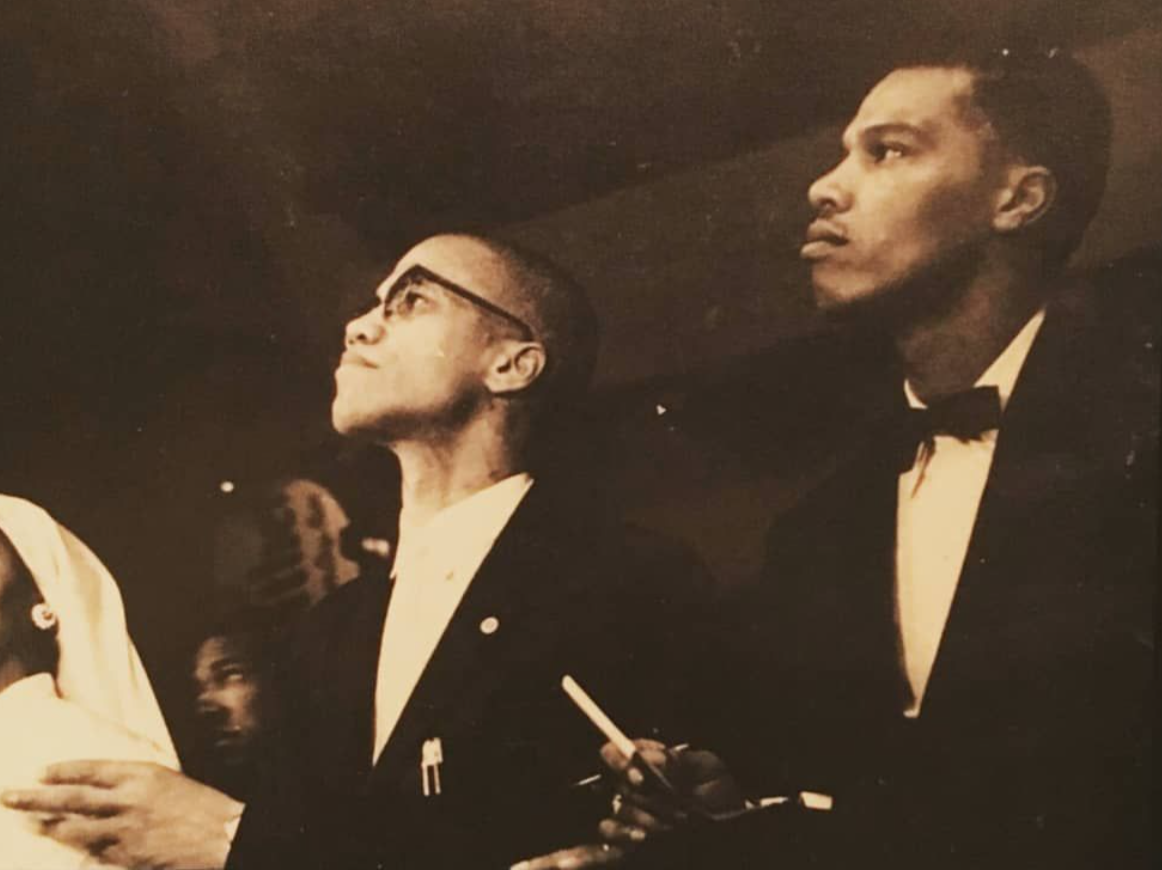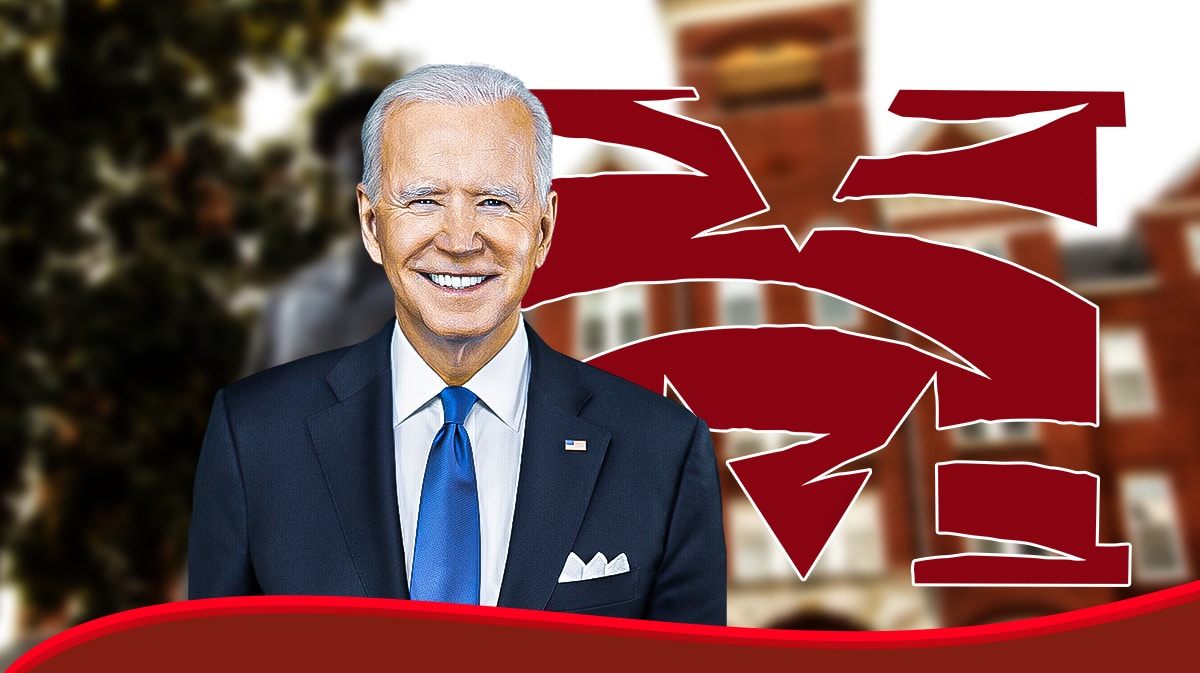(ThyBlackMan.com) The retelling of the last days of Jesus Christ has been a staple in the American film industry dating back to the silent picture era. With great restraint, director Garth Davis (Lion) and producers Iain Canning and Emile Sherman recount this spiritual story with a very modern focus on Mary Magdalene. They give it a feminist interpretation.
Putting Mary center stage dates back to the 1927 silent film King of Kings, when director Cecil B. DeMille gave actress Jacqueline Logan the role of Mary Magdalene and Jeanie Macpherson’s script supplied her with ample screen time in the film’s final moments. The difference with this 2019 rendering is that the woman in Jesus’s life is the focus from the onset. Once branded no more than a prostitute by patriarchal religions, Mary is now the Messiah’s most steadfast apprentice.
Mary (Rooney Mara, The Girl with the Dragon Tattoo) and her family live in the village of Magdala, on the shores of the Sea of Galilee, a lake in Israel that the Jordan River flows into. Her nearly uncontrollable devotion to praying scares her father Elisha (Tchéky Karyo). He is so desperate to rid her of this obsession that her brother Daniel (Denis Ménochet) and he attempt an exorcism, dunking her in the lake, like a baptism, so many times that she almost drowns.
As she eschews the advances of a potential husband (Tsahi Halevi, Bethlehem), her interests turn to a man named Jesus (Joaquin Phoenix) who performs miracles in the region. He preaches peace and love as he builds a following.
A group of disciples faithfully observes Jesus’ teachings: Peter aka Simon (Chiwetel Ejiofor, 12 Years a Slave) is his righthand man; Judas Iscariot (Tahar Rahim, A Prophet) is close to him too. Andrew (Charles Babalola, The Legend of Tarzan) is the brother of Peter; there’s James (Tawfeek Barhom, Dancing Arabs); the elderly Phillip (Uri Gavriel, The Dark Night Rises); Matthew the tax collector (Michael Moshonov, Dancing Arabs); and others.
Mary joins the preacher and his apostles. They roam from town to town like a cult, sleeping on streets and spreading the word. Jesus heals the sick and raises the dead. As his miracles grow so do the crowds who gather, worship him and make him an icon. That reverence and admiration comes under the watchful eye of the Roman prefect Pontius Pilatus of Judaea. For reasons that Mary cannot understand, Judas points out Jesus to the enemy’s men in the Garden of Gethsemane. Soldiers take him away. It is Mary who witnesses his capture, crucifixion and resurrection. It is she who insists that his message of forgiveness must continue.
Through the lens of cinematographer Greig Fraser, the scorched, often barren landscapes capture the essence of the location and the times, even though the footage was shot in Italy. The towns are simple. Interiors of homes nearly bare. This is the stripped-down version of ancient events. Filmmakers like Mel Gibson brutalized the period with graphic, bloody violence in The Passion of the Christ. Martin Scorsese chose a more artistic rendition with The Last Temptation of Christ. Christians may have images in their own minds that differ.
Davis charts his own path by abstaining from graphic violence, being artful but not overly inventive. The camera lingers on images like Mary’s face swathed in a linen scarf, or Jesus’s head framed by a scraggly beard or Peter and James in conversation. The closeups are thoughtfully mixed with long shots of the Messiah and his troop walking down hills, through villages and preaching to the masses. An embracing holy spirit slowly emerges. Never crass, never insufferable.
Considering the drama of the story, the emotions on view are kept pretty sedate. People cry silently. Accusations are leveled without histrionics. Even the moments leading up to Jesus being put on the cross seem restrained, especially compared to Gibson’s ghoulish sea of blood. This non-hysterical approach may seem tepid initially, but in the end, in its own way, it leaves a lasting impression.
Mara’s subtle performance contributes to a comforting sense that all is not lost, even as the ground under Mary’s feet is ripped away. The actress’s best scenes are when she confronts the male disciples, and the most precious moments are when she inspires Peter and the rest to continue their leader’s work, even in the midst of tragedy.
The film should be credited for its international casting, which is likely a more accurate reflection of the times than the usual portraits of The Last Supper where everyone looks European. Phoenix is a smart choice for the co-leading role. He plays the character well within himself, like a martyr. The one problem is that he looks too old for the part of a biblical figure who was believed to be between 30 and 36 years old. Ejiofor displays the right amount of faith and doubt to play Peter.
Costume designer Jacqueline Durran (Oscar for Beauty and the Beast) gave the costumes the same earthy colors as the buildings and landscapes. The flaw is that the clothes look too new; they look steam-pressed, stainless and not threadbare enough. If these vagabonds were sleeping on the ground at night, their clothes would look like they belonged to homeless people.
Screenwriter and playwright Helen Edmundson creates the legendary characters and gives them color. Co-screenwriter Philippa Goslett cuts the words down to the minimum. Their storyline is propelled by a lot of visuals and dialogue is sparse. The empty space between the conversations is filled by a very celestial musical score (Hildur Guðnadóttir and Jóhann Jóhannsson) that sustains the film’s somber but spiritual tone for 120 minutes (editors Alexandre De Franceschi and Melanie Ann Oliver).
For believers, the story of Jesus Christ and his transition from a human to a spiritual form is the foundation of their religion. For non-believers this allegory can be a mesmerizing experience from a historical standpoint.
The far-reaching message of love and compassion even under the worst circumstances never grows old. Even with a fresh retelling that reflects the times and humankind’s current condition.
Written by Dwight Brown
Official website; http://DwightBrownInk.com
















Leave a Reply